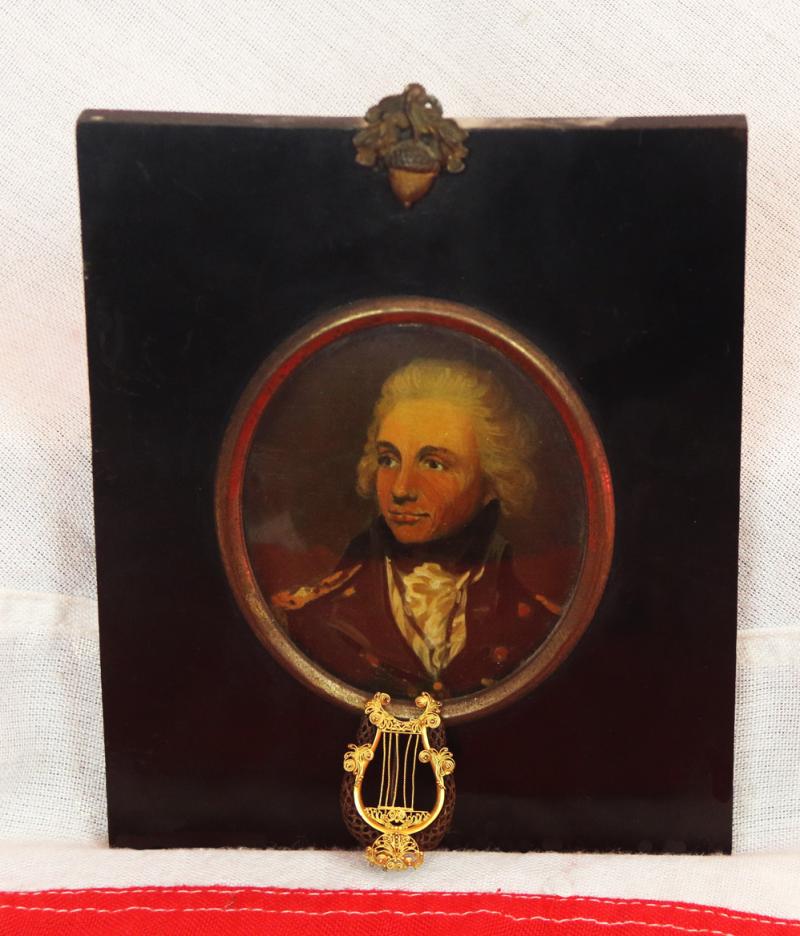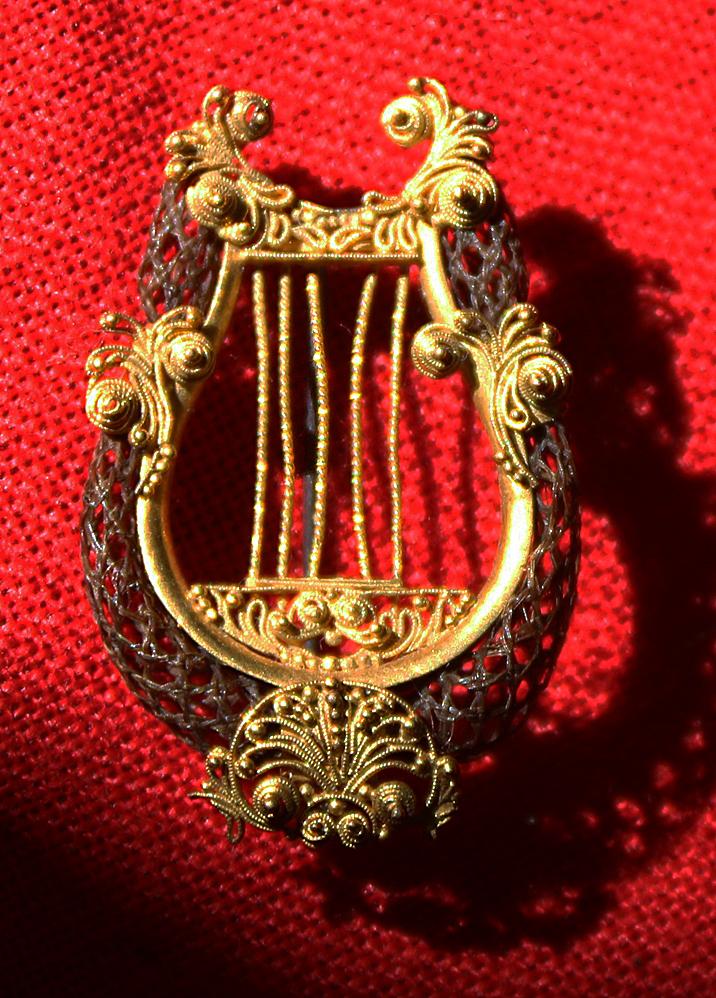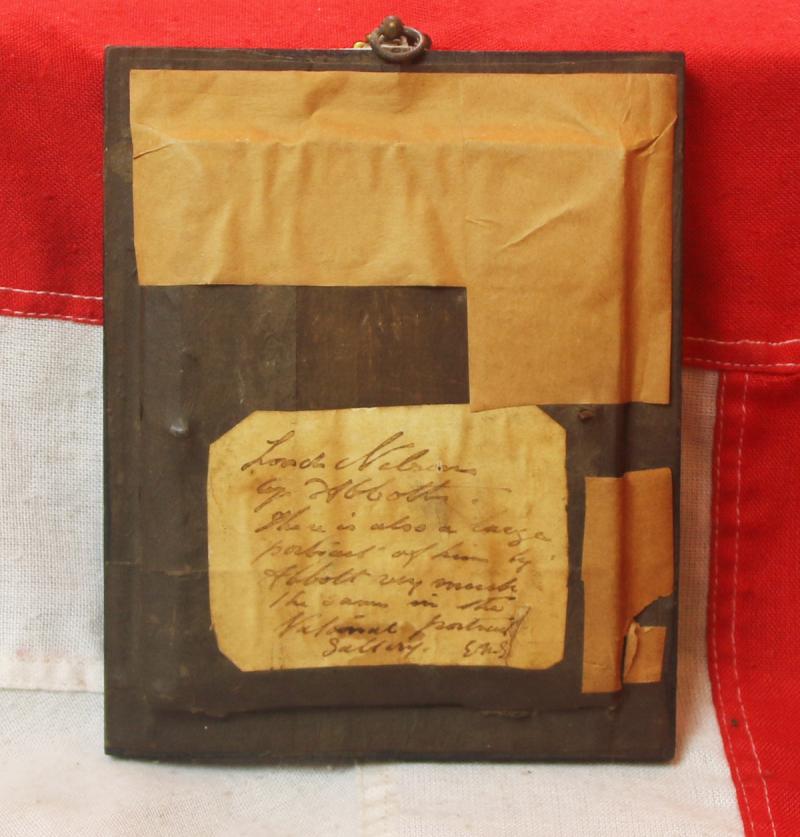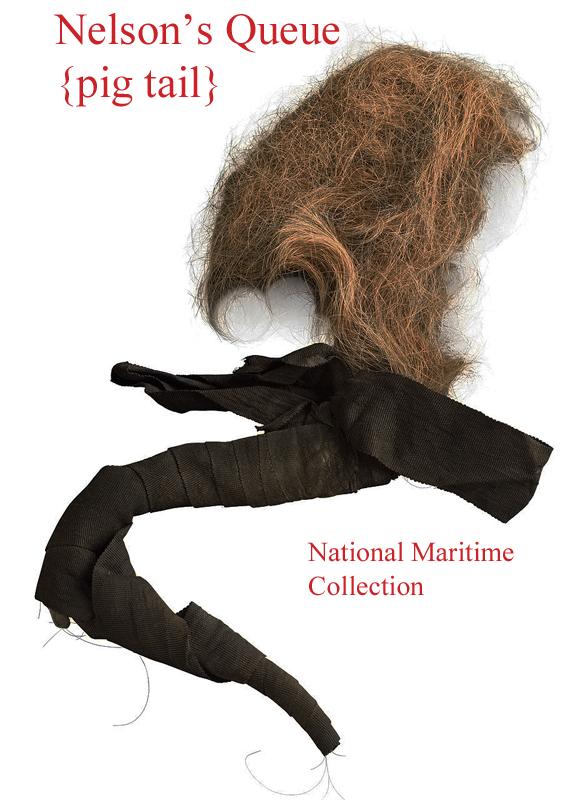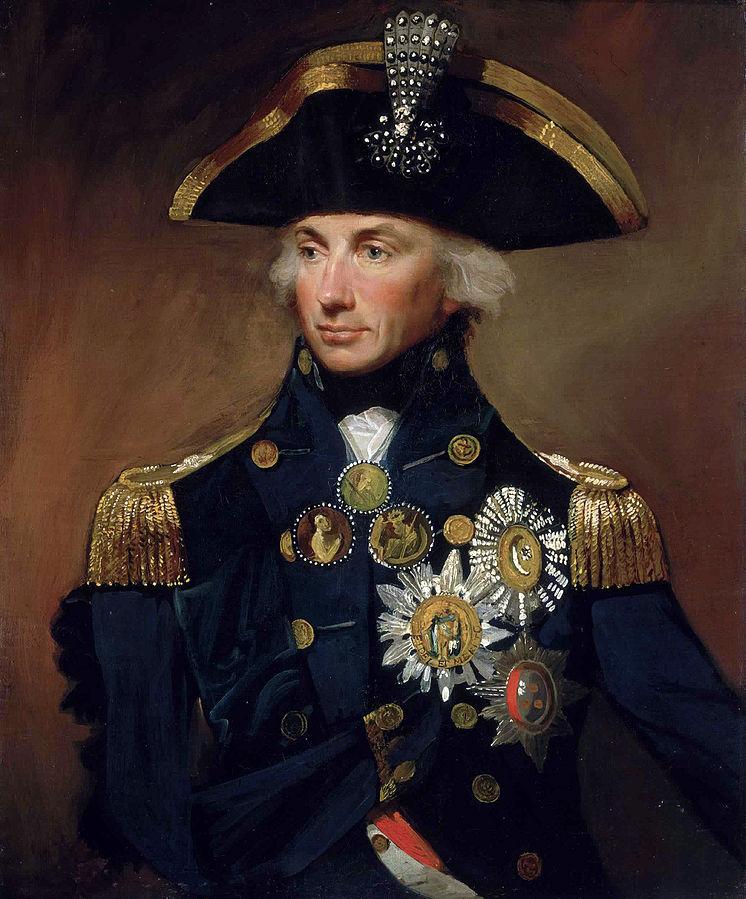A Superb Piece of Unique History. Admiral Lord Nelson's Hair Woven Into a Piece of Memorium Jewellery, A 'Momento Mori' Lyre Brooch of Extraordinary Quality. For Encouraging Those That Possess Them To Live More Fully In The Present.
Acquired from an Admiral Lord Nelson family of collectors, together with a small miniature portrait of the Admiral, the miniature of the full sized one painted by Lemuel Francis Abbott in 1797 for Lady Nelson.
Said to be, by the descendants of the Hamilton family from whence they came to us, made from a small lock of hair {given to them by Lady Hamilton, over 200 years ago, by Nelson's mistress}, that, some years after his tragic death, was intricately woven into a rigid weblike structure, and formed around very finely crafted gilt metal, into a mourning brooch of lyre form, to wear as a wedding gift, and it has been in the family ever since. The hair colour has subsequently darkened somewhat, from its original lighter colour, due to being lacquered to aid rigidity, handled and worn, possibly for decades. It originally had a small ivory slip engraved with its distinguished origin, and that it was given by Lady Hamilton to her relatives by marriage. Lady Hamilton, Nelson's infamous mistress, was married to Sir William Hamilton, who was the 4th son of Lord Archibald Hamilton, who was the 7th son of the 3rd Duke of Hamilton. We have been acquiring fascinating artefacts and antiquities from descendants of the 10th Duke of Hamilton these past 30 years or more.
That ivory slip was with it until just a very few years ago, when it was discarded by the dear ladies that last recently owned it, and from whence it came, to us. It was purposely removed due to HRH Prince William disapproving of ivory artefacts. This we consider a great shame, as it was very old, an antique of around 210 years vintage, and simply nothing was gained by its sad removal and loss.
Of course there is absolutely no possibility for us to definitively state it was indeed Nelson's hair, as a provable fact, as any DNA test would likely damage its integrity, but its most highly likely potential, due to its origin, is most intriguing. However, we have acquired pieces from the family for 30 years or so, and heve never had a single reason to doubt any provenence past on to us previously, so, in our opinion it is absolutely correct to have been made from Nelson's hair as a momento mori.
The miniature that came with it {and is not for sale} bears a hand written label glued at its back, still present, to note it was it's full sized original was in the National Portrait Gallery that {opened in 1856}. The original is by Lemuel Francis Abbott
an oil on canvas, was painted in 1797
This is one of the many portraits Abbott painted of Nelson and it is perhaps the most widely recognised of the whole Nelson iconography. It depicts him in rear-admiral's uniform wearing the Star and Ribbon of the Bath and the Naval Gold Medal, awarded for his victory at the Battle of St Vincent (1797). The original portrait was painted for Captain Locker of the Greenwich Hospital. This full sized version, commissioned for Lady Nelson, was also taken from life. Although Nelson only sat to him twice, Abbott subsequently copied the picture over forty times. The copies gradually declined in quality as the artist became mentally ill but this was no bar to their popularity. Many were purchased by Nelson's naval colleagues, his family and friends.
In July 1798, Nelson's wife wrote to him: 'My dearest Husband - I am now writing opposite to your portrait, the likeness is great. I am well-satisfied with Abbott… it is my companion, my sincere friend in your absence…
Nelson's pigtail (or queue), was cut off after his death at the Battle of Trafalgar 21 October 1805. It is sandy-coloured hair, bound with black ribbon, which is tied in a bow. Surgeon William Beatty records in his "Narrative of the Death of Lord Nelson" that Nelson asked that Lady Hamilton should have his hair. The pigtail was cut off after his death and Hardy delivered it to Emma Hamilton after the Victory's arrival in England. Small locks of hair were given to relations and close friends, and some pieces were mounted in special mourning rings and momento mori lockets. What remains of Nelson’s queue is now part of the National Maritime Museum Collection.
Memento mori is a Latin phrase that means "remember you must die". It refers to the concept of a memento mori object or artistic genre that reminds people of their mortality and the impermanence of life, encouraging them to live more fully in the present. Common symbols used to represent this concept include skulls, hourglasses, extinguished candles, and decaying flowers or fruit.
Classical Antiquity: The idea of remembering death's inevitability has roots in ancient Greek and Roman philosophy, with figures like Socrates discussing philosophy as a preparation for death.
Christianity and the Medieval Period: Memento mori became a significant concept in Christian art and funerary practices, serving as a reminder to prepare for the afterlife.
Artists use memento mori symbols to convey the theme of mortality and the transient nature of earthly pleasures. Some common symbols include:
Skulls and Skeletons: Direct representations of death.
Hourglasses and Clocks: Symbols of passing time.
Flowers and Fruit: Representing beauty and life that quickly decay and fade.
Candles: An extinguished or guttering candle signifies the fading of life.
The practice of memento mori is not just about confronting death but about appreciating life. The realization of one's mortality can inspire greater gratitude for the present moment and encourage a more focused, meaningful life. It helps people to prioritize what truly matters and not take loved ones or experiences for granted.
Code: 25210
1250.00 GBP

